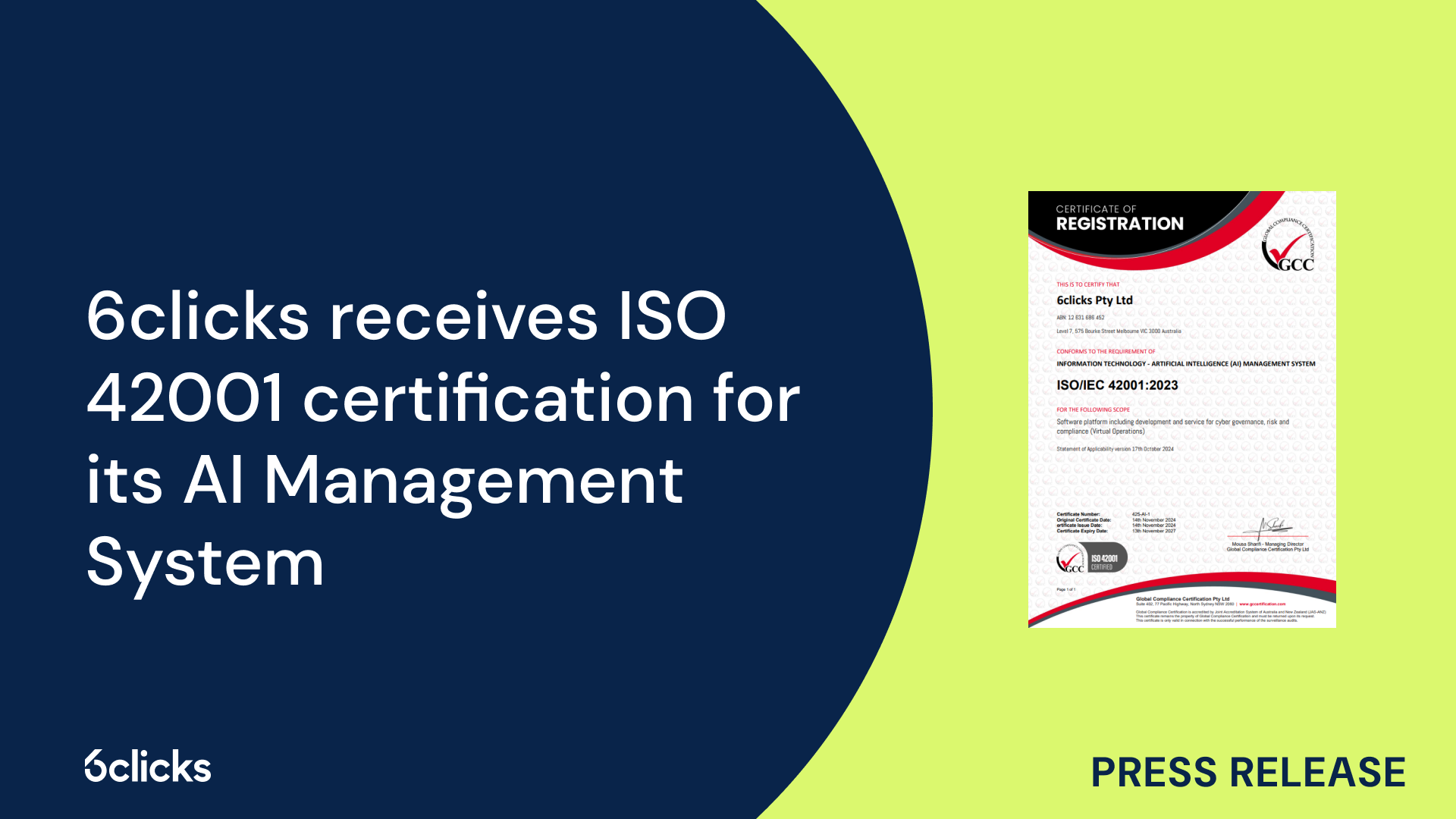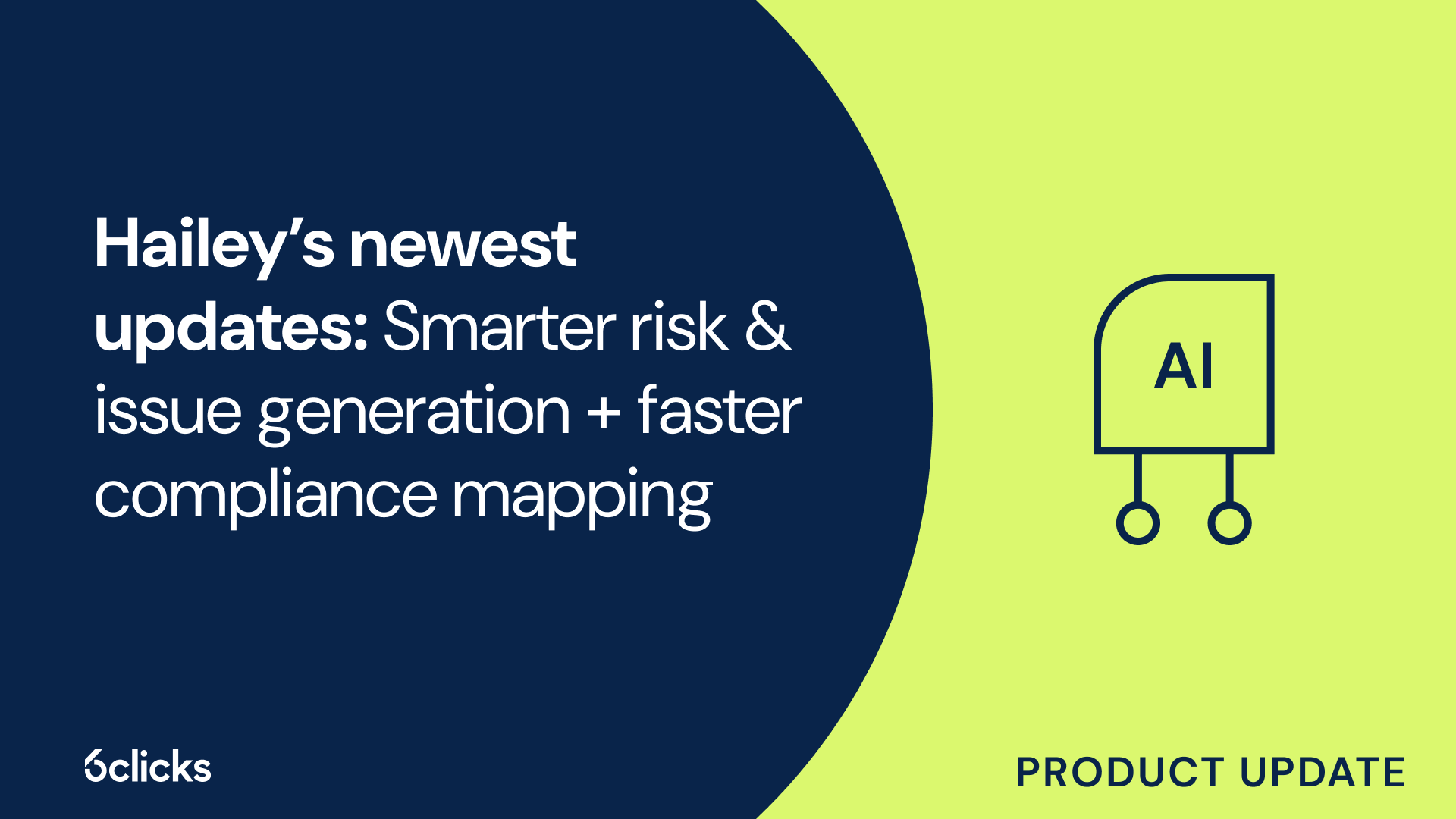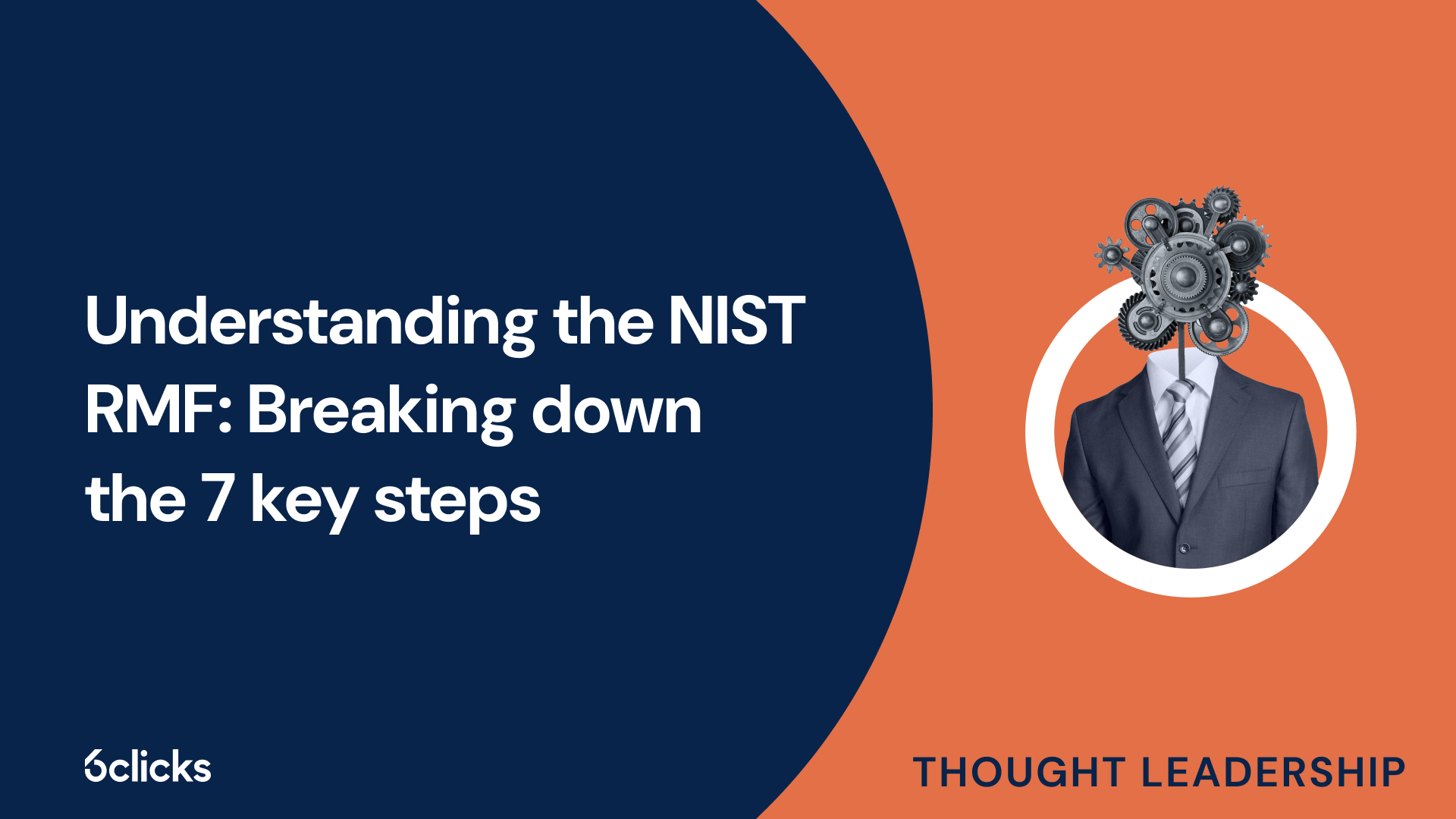How do you successfully implement ISO 27001?
What is ISO 27001?
ISO 27001 is an international standard that provides guidelines for implementing an Information Security Management System (ISMS). It outlines the requirements for establishing, implementing, maintaining, and continually improving an organization's information security management. ISO 27001 is designed to help organizations protect their sensitive information by managing risks effectively and addressing security threats. By implementing ISO 27001, organizations can demonstrate their commitment to information security, enhance their ability to manage and mitigate security risks, and improve customer confidence. It covers a wide range of areas such as information security policies, risk assessment and management, access control, incident management, and continual improvement. Implementing ISO 27001 requires a strategic and systematic approach, involving key steps such as conducting a gap analysis, developing an implementation plan, conducting risk assessments, implementing security controls, monitoring and reviewing the ISMS, and obtaining certification through external audits.
Why is ISO 27001 important?
ISO 27001 is an internationally recognized standard for information security management systems (ISMS), and its importance cannot be overstated. Implementing ISO 27001 helps organizations protect the value of their information assets, ensuring the confidentiality, integrity, and availability of critical data.
One key benefit of ISO 27001 is that it demonstrates an organization's commitment to information security, making it an essential credential for winning new business. ISO 27001 certification provides clients and stakeholders with the confidence that their sensitive information is handled securely, enhancing trust and opening up new market opportunities.
Another advantage is the significant reduction in costs associated with information and cybersecurity incidents. Implementing ISO 27001 enables organizations to identify and manage security risks effectively, preventing costly data breaches, legal ramifications, and damage to their reputation.
Furthermore, ISO 27001 provides a framework for continuous improvement. By conducting regular internal audits and management reviews, organizations can identify and address vulnerabilities and improve their security posture proactively.
Overview of the ISO 27001 implementation process
Implementing ISO 27001 requires a systematic and organized approach to ensure a successful implementation. The process typically involves several key steps, beginning with understanding the requirements of the standard, conducting a gap analysis, and establishing a project team. Once the team is in place, conducting a risk assessment and developing a risk treatment plan are essential to identify and address the organization's security risks effectively. The next step involves establishing security controls and documenting all necessary policies, procedures, and guidelines. Training and awareness programs for employees are crucial to ensure that everyone understands their roles and responsibilities in maintaining information security. Following implementation, regular internal audits and management reviews are conducted to assess the effectiveness of the Information Security Management System (ISMS), and necessary corrective and preventive actions are taken. Finally, an external audit by a certification body is performed to validate the organization's compliance with the ISO 27001 standard. The implementation process requires a commitment from senior management and the involvement of the entire organization, fostering a culture of continuous improvement in information security practices.
Step 1: establish a security policy
The first step in successfully implementing ISO 27001 is to establish a security policy. The security policy serves as the highest-level internal document in the Information Security Management System (ISMS) and sets the tone for information security in the organization.
The security policy is essential because it defines the basic requirements for information security within the organization. It outlines the organization's commitment to protecting valuable information assets and ensuring their confidentiality, integrity, and availability. This policy serves as a guiding document that outlines the principles and objectives of the ISMS and the expected behavior of employees regarding information security.
By defining and implementing a security policy, organizations can enforce consistent security controls throughout the entire organization. The policy acts as a reference point for employees, enabling them to understand their responsibilities and obligations regarding information security. It also establishes a framework for continuous improvement and ensures that security measures are aligned with the organization's business objectives.
Step 2: conduct a risk assessment
One of the key steps in successfully implementing ISO 27001 is to conduct a comprehensive risk assessment. This process involves identifying and quantifying potential risks to the organization's business assets, which forms the basis for managing security risks through specific controls.
A risk assessment is crucial as it helps organizations understand the potential threats and vulnerabilities that could impact their information security. By systematically analyzing and evaluating risks, organizations can prioritize their efforts and allocate resources effectively to address the most critical security risks.
The first step in conducting a risk assessment is to identify the risks that could harm the confidentiality, integrity, and availability of the organization's information assets. This involves considering both internal and external factors that may pose a threat, such as unauthorized access, data breaches, or natural disasters.
Once the risks are identified, they need to be quantified to assess their potential impact on the organization. This step helps determine the level of risk associated with each identified threat and allows the organization to prioritize the implementation of security controls based on the level of risk they pose.
To conduct a risk assessment, organizations should choose a suitable risk assessment methodology. It is advisable to start with a basic approach and gradually advance to cover more sophisticated scenarios as the organization's understanding of risk management improves.
By conducting a risk assessment, organizations gain a clear understanding of their risk profile and can develop a risk treatment plan that outlines specific controls to mitigate the identified risks. This proactive approach enables organizations to address potential vulnerabilities and protect their information assets effectively.
Step 3: develop a statement of applicability (SoA)
As part of the implementation process for ISO 27001, organizations need to develop a Statement of Applicability (SoA). The SoA is a crucial document that outlines the scope of the Information Security Management System (ISMS) and identifies the applicable controls from ISO 27001 Annex A.
The purpose of the SoA is to provide a clear and transparent overview of the security controls that will be implemented to address the identified risks in the organization. It serves as a roadmap for implementing and maintaining an effective information security management system.
The SoA document typically includes a list of the applicable controls selected by the organization. These controls are chosen based on the identified risks, legal requirements, and other factors relevant to the organization's context. Additionally, the SoA provides reasons for selecting each control, which may include the protection of sensitive information, compliance with regulatory requirements, or alignment with industry best practices.
Furthermore, the SoA includes a description of how each control will be implemented within the organization. This description outlines the specific measures, procedures, and guidelines that will be put in place to ensure the effective implementation of each control.
Developing a comprehensive SoA is crucial for organizations implementing ISO 27001 as it provides a clear roadmap for implementing the necessary security controls. By identifying and documenting the applicable controls, reasons for selection, and implementation descriptions, organizations can ensure that their information security management system is effectively aligned with the requirements of ISO 27001.
Step 4: implement Security controls and procedures
Implementing security controls and procedures in accordance with ISO 27001 is a vital step in achieving information security objectives for an organization. This process involves the implementation of all required documents and technology, as well as making necessary changes to existing security processes.
To begin, the organization must identify and select the relevant security controls from ISO 27001 Annex A that are applicable to their specific context. These controls are chosen based on the results of risk assessments and the organization's risk treatment plan. The implementation of these controls aims to mitigate identified risks and protect sensitive information.
Alongside implementing security controls, organizations must also develop and implement security procedures. These procedures outline the specific steps and guidelines to be followed to maintain a secure environment. This may include procedures for access control, incident response, and asset management.
A key aspect of implementing security controls and procedures is the development of security policies. These policies serve as a foundational document that defines the organization's approach to information security and sets the direction for all security-related efforts. They provide clear guidelines and expectations for employees, enabling consistent enforcement of controls across the organization.
By implementing security controls and procedures, organizations can establish a comprehensive framework for protecting their information assets and mitigating security risks effectively. This process ensures that required documents, technology, and changes to security processes are appropriately incorporated, leading to improved information security throughout the organization.
Step 5: monitor and review progress regularly
Monitoring and reviewing progress regularly is a crucial step in successfully implementing ISO 27001. This ongoing process allows organizations to assess the effectiveness of their security controls, identify areas for improvement, and ensure that the implemented measures remain in line with the requirements of the standard.
To monitor and review progress, the organization needs to establish a systematic approach. This involves setting up a robust internal auditing process. Internal audits play a critical role in evaluating the organization's compliance with ISO 27001 requirements, identifying any gaps or weaknesses in the security controls, and verifying the effectiveness of the implemented measures.
During internal audits, the organization's internal auditors examine the security procedures, processes, and controls in place to ensure they are aligned with the organization's security policies and the standard's requirements. The auditors assess whether the controls are implemented correctly and if they are operating as intended.
The findings from internal audits are then used as inputs for the management review process. The management review is a top-level evaluation conducted by senior management to assess the overall performance of the information security management system (ISMS). This review examines the results of internal audits, assesses the organization's compliance with ISO 27001, and determines if the ISMS is meeting its objectives.
During the management review, senior management considers the identified criteria and conducts quantitative or qualitative analysis of the organization's performance. The aim is to identify trends, patterns, and areas where improvements are required. The review results drive further corrective actions, preventive actions, and continuous improvements to strengthen the ISMS.
By monitoring and reviewing progress regularly, organizations can proactively identify and address security vulnerabilities and risks. This iterative process ensures that the ISMS remains effective and efficient, keeping security controls up to date and aligned with the organization's evolving requirements. Regular monitoring and review support the achievement of ISO 27001 compliance and promote continual improvement in information security practices.
Step 6: make continual improvements to the system
Continual improvements are a key aspect of successfully implementing ISO 27001. After conducting internal audits and management reviews, it is crucial for the implementation team to address any non-conformities identified during these processes through corrective actions and improvements.
Non-conformities can arise when there are gaps or weaknesses in the organization's security controls or when certain requirements of ISO 27001 are not met. It is important to identify and resolve the root cause of these issues rather than simply treating the symptoms. By doing so, the organization can make sustainable improvements to their policies, processes, and procedures, ensuring the continued relevance and effectiveness of their information security management system (ISMS).
Corrective actions are designed to fix the immediate issues identified, while improvements aim to enhance the effectiveness and efficiency of existing controls. This may involve revising security policies, upgrading technical infrastructure, providing additional training to staff, or implementing better risk management processes.
Continual improvements are an iterative process, with each cycle building upon the previous one. By regularly reviewing and assessing the ISMS, organizations can identify areas for enhancement and implement appropriate changes. This helps them adapt to evolving security risks, meet new legal requirements, and align with industry best practices.
By placing a strong emphasis on continual improvements, organizations can ensure that their ISMS remains robust, effective, and aligned with the requirements of ISO 27001. This proactive approach enables them to better protect their information assets, minimize risks, and maintain a strong security posture.
Detailed steps for implementing ISO 27001
Implementing ISO 27001 can be a complex process that requires careful planning and execution. In this article, we will outline the detailed steps involved in successfully implementing ISO 27001. From conducting a thorough risk assessment to developing and implementing security controls, we will cover the key tasks and considerations necessary to achieve compliance with this international standard. By following these steps, organizations can establish a robust information security management system (ISMS) that protects their valuable assets and ensures the confidentiality, integrity, and availability of their sensitive information.
Establishing a security policy
A crucial component of implementing ISO 27001 is the establishment of a comprehensive and effective security policy. The security policy serves as a foundation for the Information Security Management System (ISMS) and sets the direction and expectations for the entire organization.
To establish a security policy, it is essential to clearly define the objectives of the ISMS. These objectives should encompass not only security-focused goals but also objectives related to the commercial benefits that the ISMS brings to the organization. This ensures that security aligns with business objectives.
The information security policy should include several basic requirements. First, it should clearly state the organization's commitment to information security. Second, it should outline the responsibilities of management and employees in ensuring the security of information and resources. Third, it should define the scope of the ISMS, specifying the boundaries and applicability of the security controls. Additionally, the policy should address risk management, incident reporting, and overall compliance with legal and regulatory requirements.
By establishing a well-defined security policy, organizations can demonstrate their commitment to protecting valuable information assets, mitigating risks, and ensuring compliance. This policy serves as a guide for all employees, providing a framework for implementing ISO 27001 requirements. Regular reviews and updates to the security policy will enable continual improvement and adaptability to emerging security risks and challenges. Ultimately, a robust security policy is the foundation for the successful implementation of ISO 27001.
Related eBooks & Expert guides
- Understanding ISO 27001
- What is the ISO 27001 standard?
- ISO 27001 vs ISO 27002
- Who needs to be ISO 27001 certified?
- Why is ISO 27001 so important?
- GRC Buying Guide
- GRC Buying Guide
Blogs & Thought Leadership
- ISO 27001 vs PCI-DSS
- ISO 27001 vs NIST CSF
- ISO 27001 vs ASD Essential 8
- ISO 27001 vs SOC 2
- ISO 27001 vs NIST SP 800-53







